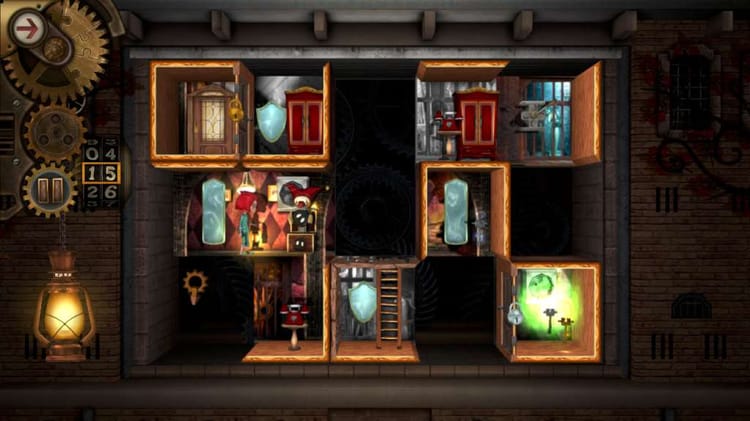Puzzle Games: Evolving in the New Era
In the ever-evolving landscape of gaming, puzzle games have undergone a renaissance, embracing innovation, creativity, and new technologies to captivate players in the modern era. From classic brain-teasers to immersive experiences that blur the lines between gaming and art, puzzle games have flourished across various platforms, offering diverse and engaging experiences for players of all ages. In this article, we’ll explore the styles of puzzle games that define the new era of gaming.

1. Interactive Narrative Puzzles
One of the most notable trends in modern puzzle games is the integration of interactive narratives, where players must solve puzzles to progress through a compelling story. These games often feature rich storytelling, intricate puzzles, and immersive environments that encourage players to explore and unravel mysteries. Titles like “The Witness” and “Return of the Obra Dinn” exemplify this genre, offering players a unique blend of cerebral challenges and captivating narratives that keep them engaged from start to finish.
2. Physics-Based Puzzle Games
Physics-based puzzle games leverage the laws of physics to create challenging and often whimsical gameplay experiences. Players must manipulate objects, navigate obstacles, and solve puzzles by understanding and exploiting the underlying physics engine. Games like “Portal” and “Human: Fall Flat” showcase the creative potential of physics-based puzzles, allowing players to experiment and problem-solve in dynamic and unpredictable ways, resulting in moments of both frustration and sheer delight.
3. Escape Room Games
Inspired by the real-life phenomenon of escape rooms, digital escape room games challenge players to solve a series of puzzles within a confined space to escape or uncover a mystery. These games often require teamwork, keen observation, and lateral thinking to progress, making them ideal for cooperative play with friends or family. Titles such as “The Room” series and “Keep Talking and Nobody Explodes” offer immersive and adrenaline-fueled experiences that transport players into the heart of the action.
4. Minimalist and Abstract Puzzles
In contrast to the narrative-driven and physics-based puzzle games, minimalist and abstract puzzle games focus on simplicity, elegance, and contemplation. These games often feature clean aesthetics, soothing soundtracks, and deceptively simple mechanics that belie their depth and complexity. Games like “Monument Valley” and “Fez” exemplify this genre, inviting players to explore surreal worlds, manipulate perspective, and unravel the mysteries hidden within their geometric landscapes.
5. Augmented Reality (AR) Puzzles
With the advent of augmented reality technology, puzzle games have transcended the confines of traditional screens, allowing players to interact with virtual objects and environments in the real world. AR puzzle games blend digital elements with physical spaces, encouraging players to move and explore their surroundings to solve puzzles and complete challenges. Titles such as “Pokémon GO” and “Ingress Prime” have revolutionized the way players interact with their environments, transforming everyday locations into playgrounds for immersive puzzle-solving experiences.
Conclusion: The Endless Possibilities of Puzzle Games
As technology continues to advance and creative minds push the boundaries of game design, the future of puzzle games appears boundless. Whether exploring intricate narratives, manipulating physics in fantastical worlds, or embarking on cooperative adventures with friends, puzzle games offer something for every type of player. With their ability to entertain, challenge, and inspire, puzzle games stand as a testament to the enduring appeal of brain-teasing fun in the digital age.